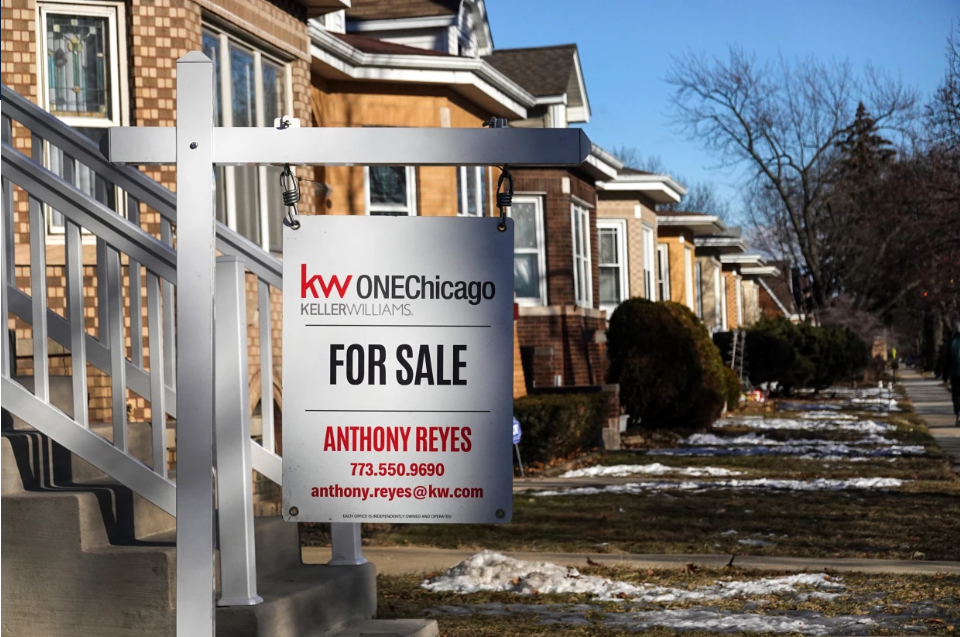Investors just muscled back to center stage in housing. In the second quarter of 2025, they snapped up roughly one-third of all single-family homes sold — up from 27% in the first quarter and the highest share in five years, according to CJ Patrick Co., drawing on BatchData. The catch: overall home sales were weaker than a year ago, so even though investors’ slice got bigger, they actually bought about 16,000 fewer houses than in Q2 2024. Big presence, smaller pie.
This isn’t just a Wall Street story. Small players dominate the space — more than 90% of single-family rental owners have ten properties or fewer — while the giants with 1,000+ homes account for only about 2% of investor-owned stock. Across the whole market, investors hold roughly 20% of America’s 86 million single-family homes. And despite the headlines, large institutional landlords are net sellers right now: for six straight quarters they’ve sold more than they’ve bought, redirecting capital toward build-to-rent projects. Names like Invitation Homes, Progress Residential, American Homes 4 Rent and FirstKey Homes all sold more than they purchased in the latest quarter, easing some competition for mom-and-pop buyers while adding rental supply.
Pricing tells the same tale. Investors paid an average of $455,481 per home last quarter — below the national average of $512,800 — but that investor price is the highest in six quarters as home values keep grinding higher. Large institutions hunted even cheaper deals, averaging about $279,889 on purchases and exiting around $334,787. They’re most concentrated in the Midwest and South where prices run below the national norm. Regionally, Texas, California and Florida have the largest number of investor-owned homes simply because they’re huge markets; the highest percentages show up in tourism-heavy states like Hawaii, Alaska, Montana and Maine.
Liquidity is the one thing almost everyone agrees investors provide. BatchData’s Ivo Draginov notes that in Q2 investors sold more than 104,000 homes and nearly half of those went to traditional owner-occupiers — meaning they’re not just soaking up inventory, they’re also releasing it back into tight markets. Still, scale matters. Brookings and Urban Institute research pegs large institutional owners at roughly 3% of the nation’s single-family rental stock (higher in certain metros — about 12% across the 20 markets where they’re most active), and John Burns Research & Consulting estimates they’re buying less than 2% of all homes today. In other words, the surge in investor share is being driven mostly by smaller buyers, not corporate whales.
The headline is simple even if the dynamics aren’t: a softer overall sales backdrop made the investor slice look bigger, small landlords are doing most of the buying, and the big guys are shifting capital toward purpose-built rentals. For frustrated first-time buyers, that means two opposing forces at once — fewer institutional bidding wars on existing homes, but no real let-up in competition from local investors chasing the same lower-priced listings.










The latest news in your social feeds
Subscribe to our social media platforms to stay tuned